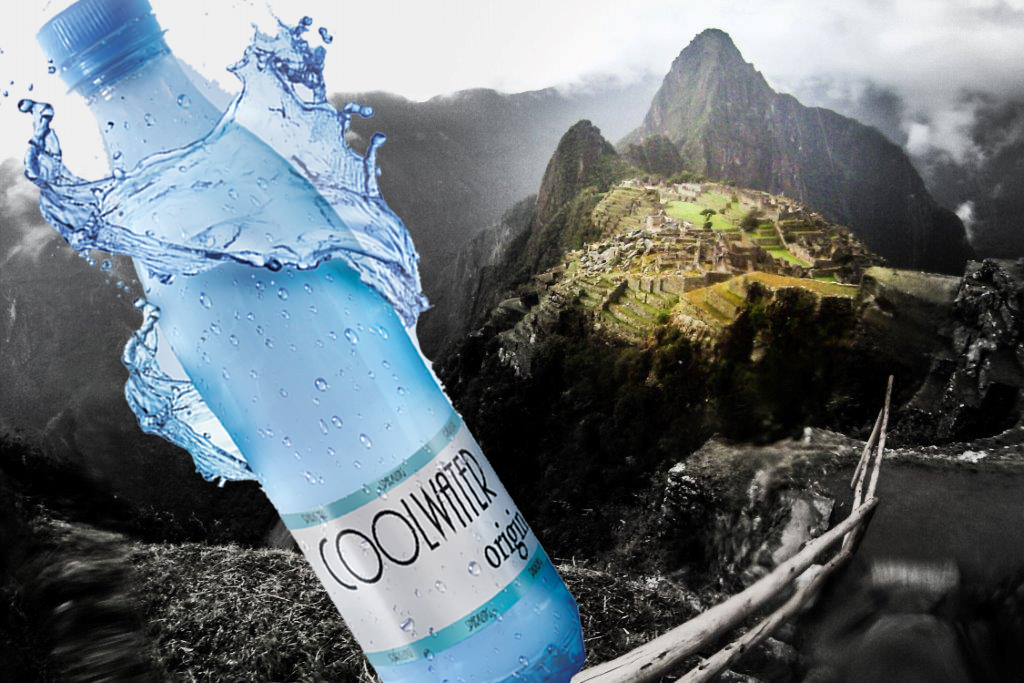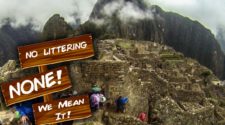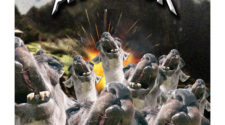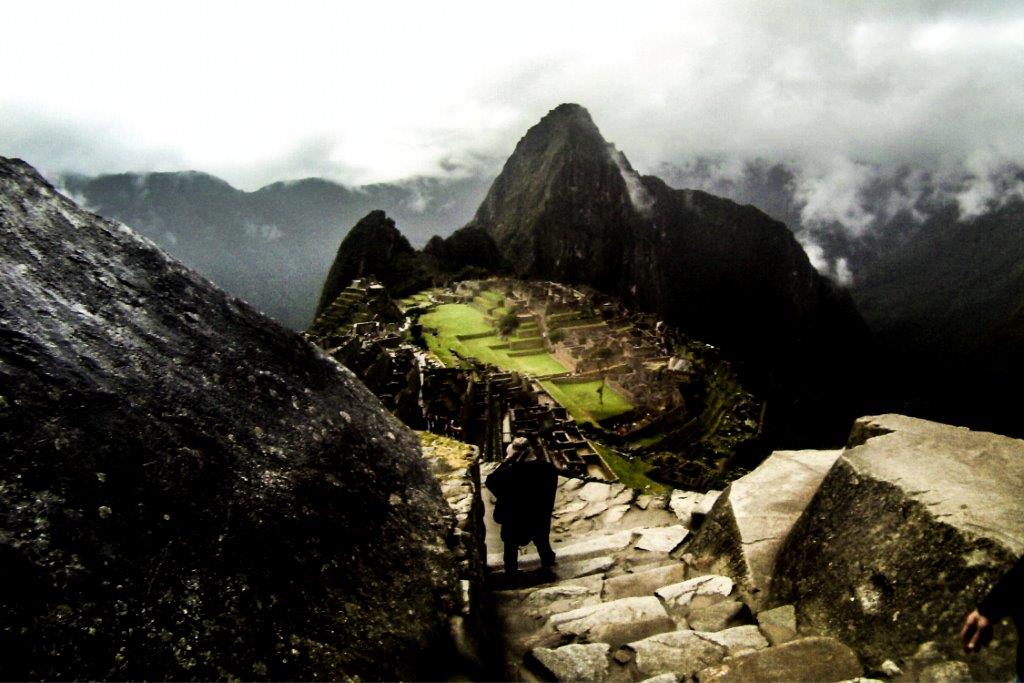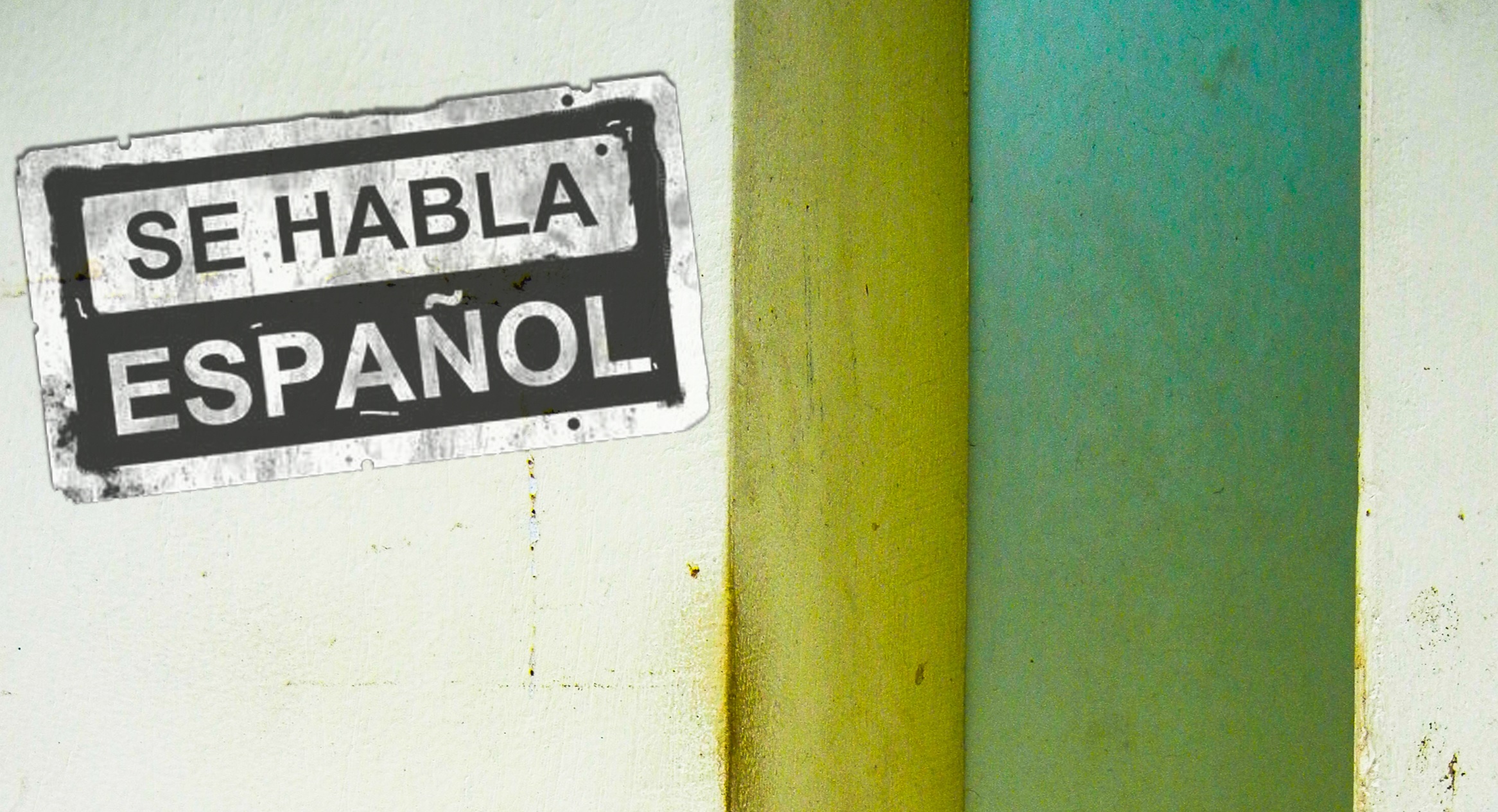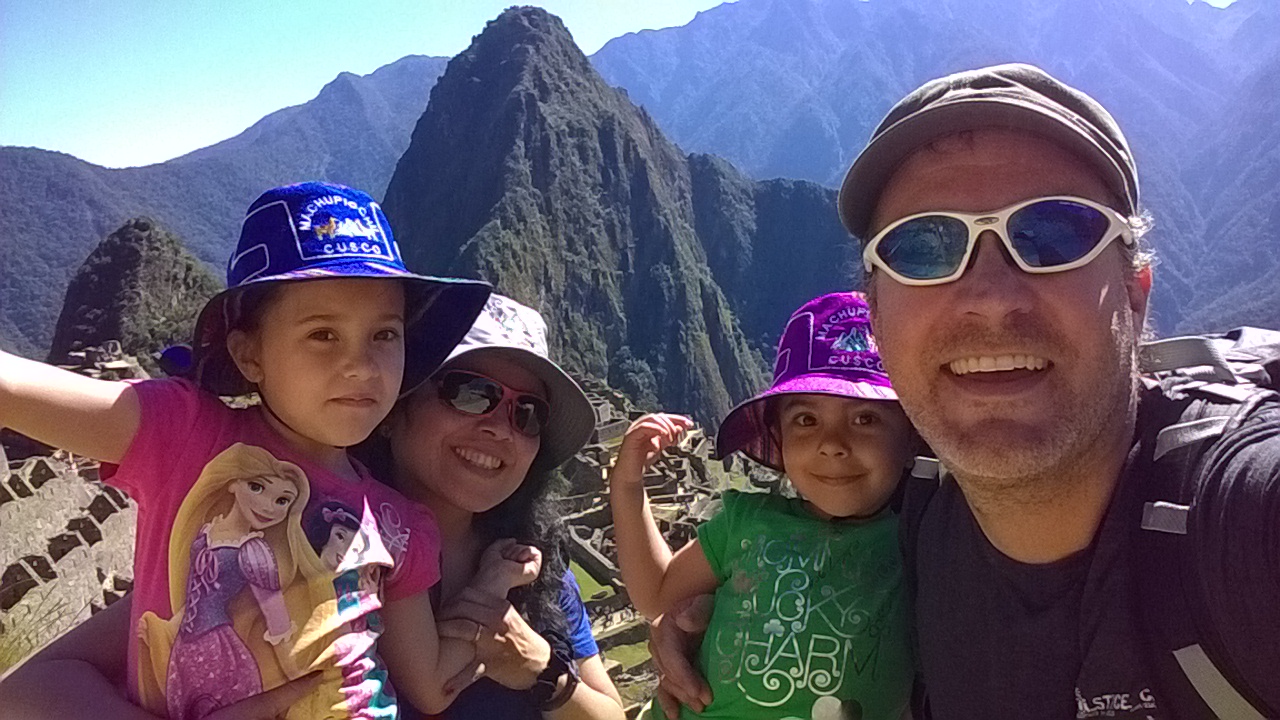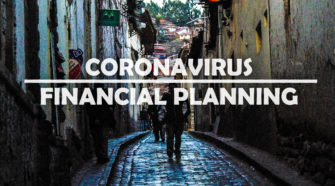A few years ago I lead a Machu Picchu tour with a friend of mine that had been sober for several decades. He was a polite, elderly man and he had been sober for so long that he no longer had any compulsion whatsoever to drink. Our trip consisted of a lot of physical activity at altitude, and thus was a good choice for a sober travel destination for a person looking for an adventure free of extreme temptation. A sober itinerary for viewing Machu Picchu can be planned, however there are some complicating factors that warrant consideration which will be explored here.
Machu Picchu is perhaps the world’s most famous set of historical ruins. It is a truly spectacular travel destination and is deservedly one of the seven wonders of the modern world. Visiting Machu Picchu is something of an adventure vacation. During a week long trip, there will be few days when you aren’t required to spend a couple hours either in plane, car, or train. Once you’ve actually arrived at the ruins, you’ll find yourself hiking around for several hours at around 8,000 feet of elevation.
Alcohol isn’t allowed within the Machu Picchu sanctuary itself. Although the entry gate doesn’t have the same sort of security as something like Disney World, bags are subjected to a quick search. Generally, the vibe inside Machu Picchu is that of a family friendly type setting. There are unobtrusive guards there both for the protection of the ruins themselves, and to be on the lookout for any tourists who might become a nuisance.
Dealing with elevation will be the principal deterrent to alcoholic consumption during your time in the Sacred Valley. Travelers will fly into Cusco, the ancient capital of the Inca empire, which sits at roughly 11,000 feet. Altitude sickness can be exacerbated by alcoholic consumption, and travelers will feel better physically if they don’t partake. Instead, travelers are encouraged to stay well hydrated, specifically with high sugar drinks or those that contain electrolyte replenishments.
The sheer number of things to do at Machu Picchu and the Sacred Valley will also be a deterrent to drinking. There are many hiking trails that take you over beautiful terrain to archaeological sites both famous and remote. The combination of physical exertion and altitude result in complete exhaustion at the end of most days. Many travelers make it back to their hotels, and find themselves sleeping almost from the moment their heads touch the pillow.
Logistical complications are another factor that will encourage a traveler to maintain a clear head. The trip is facilitated greatly by a fluency in Spanish, however, there are many locals who are more than capable of communicating with travelers in English. A greater obstacle is the varying perception of schedules from culture to culture. This is not an indictment of any culture, just a recognition that some nations have different ways of planning a schedule. For example, Germans are very precise time keepers. If a train is scheduled to leave at 8, German travelers expect that train to leave at precisely 8. Americans are a bit more flexible, and assume a train scheduled for 8 could leave at any point between, say, 8 and 8:15.
While generally the residents of the Sacred Valley have begun to conform to a more precise system of scheduling, in Peru in general a timetable is taken as more of a suggestion than a hard and fast rule. It’s common, particularly in social settings, for an event that was scheduled for 8, to not begin until 12 or later. Although plane, train, and bus schedules are held to a tight standard, travelers should be aware that they might encounter delayed scheduling at other points of navigation. However, this is just one of the hurdles to be expected when embarking on any form of travel. Learning the nuances of a foreign culture keeps you on your toes.
Peru has become a world culinary leader, and this could potentially cause an issue for the sober traveler. Almost all the restaurants will offer beer and cocktails, and there are few places you can go to dine where drinking will not be present. Peru is very much a drinking culture, and sometimes the local beverage, a Pisco Sour, will be offered as a complimentary precursor to a meal.
It’s not customary for a complimentary glass of water to be served while dining in Peru, and travelers are discouraged from drinking the tap water anyway. Bottled water is available everywhere, as are a standard selection of sodas. The coffee in Peru is particularly excellent, as are the fruit juice drinks which are typically freshly squeezed. A common drink that is often served with meals is a sweet, purple liquid made from dried corn called Chicha Morada. However, sober travelers should be aware that there is also an alcoholic version of Chicha Morada. The alcoholic version is not commonly served at restaurants as a free compliment to a meal, but it warrants verification that you’re not being served the alcoholic variety.
With its myriad of spectacular sights, hikes, and activity, along with the physical exertion required to explore Machu Picchu and the Sacred Valley, Peru offers many positives as a sober travel destination. However, there is a strong drinking culture in Peru, and alcoholic beverages are easily and widely available. A sober traveler can navigate temptation by planning a high activity schedule with lots of hiking and travel. The Sacred Valley is one of those places that’s so rich with activities that no traveler is ever at wont for something to do. However, due to the prevalence of alcohol, a sober traveler might benefit from going with a companion supportive of his or her objectives. Machu Picchu is definitely a sober travel destination that should be high on any traveler’s list. Click here for a list of top sober travel destinations that can be found in the US.

